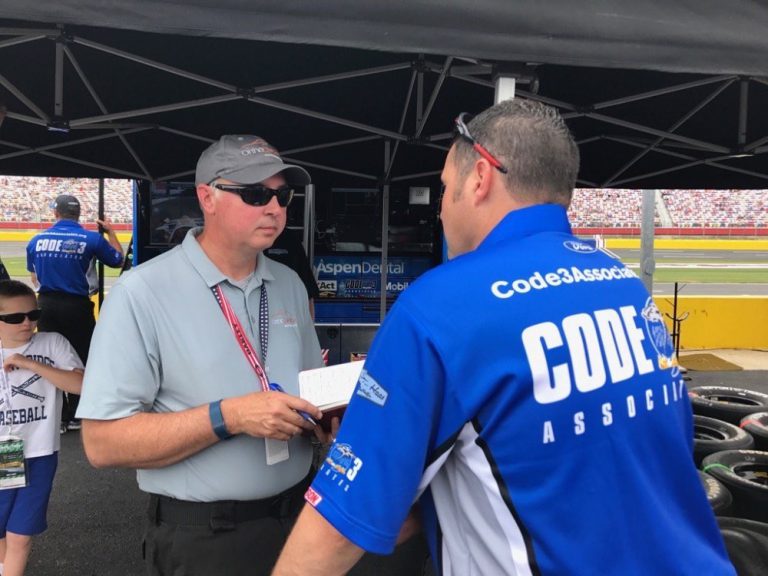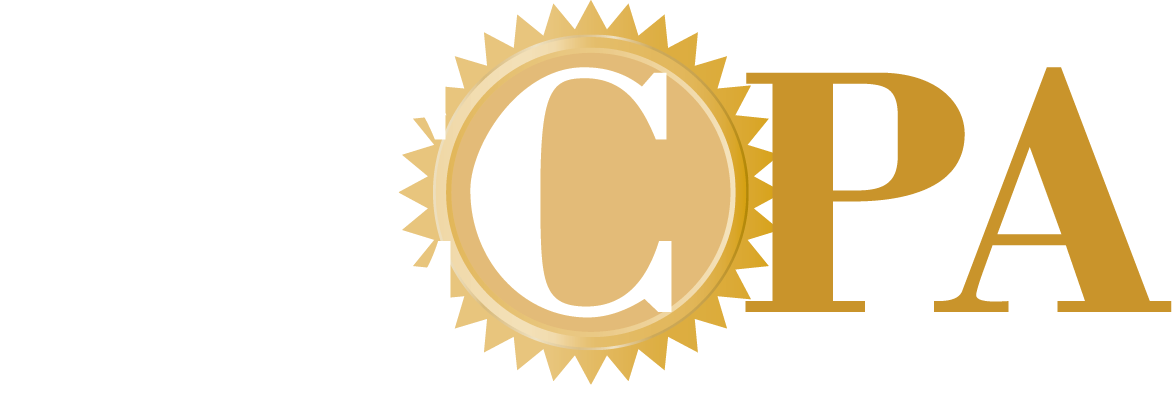
Certified PA Bill Heisel has always had a passion for working with teams. His fascination began early on when the Atlanta-native observed his grandfather, an orthopedic surgeon, providing care for athletes at Georgia Tech. His early exposure to team care led him to become a student athletic trainer in high school, which later led to an athletic training scholarship to Presbyterian College.
After graduating from Presbyterian, he would go on to get a master’s degree from the United States Sports Academy. Afterward, he began interning as a graduate assistant athletic trainer at Davidson College in preparation to sit for the National Athletic Trainers Association Certification Exam. It was during this time that Heisel had his first encounter with a physician assistant. Inspired after their meeting, he quickly realized that being athletic trainer and a physician assistant would provide a unique skill set for orthopedics, and hopefully for a career in sports medicine.
After much consideration he applied to one school, the PA program at Bowman Grey (now Wake Forest School of Medicine). He was wait listed, and took an internship with the Indianapolis Colts before learning that he’d been admitted to the program and would need to be in the North Carolina for the start of classes two weeks later. Heisel’s foresight into how he might build a career in sports medicine paid off, and put him on track for the ride of his life.
Here, he shares with us how his passion for team care led to the opportunity of a lifetime with NASCAR.
Why sports medicine?
I started taping ankles and taking care of athletic specific injuries when I was in the eighth grade. I played football in seventh and eighth grade, and just didn’t feel like the opportunity was something that I wanted to do. The athletic training checked every box that I ever wanted from a team sports perspective. It came to me very naturally, and I enjoyed taking care of the guys and being a part of the teams that I took care of.
Talk us about what led you to start OrthoCarolina Motorsports.
I went to work for Miller Orthopedic Clinic in 1991. I worked with a phenomenal supervising physician, and he was the head team physician for a couple of high schools, colleges and was also the head team physician during the inaugural year of the Carolina Panthers. Working with him, I learned team care and gained a phenomenal amount of experience. Then an event occurred that really stopped me in my tracks. I was working taking care of college athletes at UNC Charlotte and a physician within the practice made an executive decision that a PA did not have any business taking care of a Division I college athletic program, and that they needed to be managed by one of the orthopedists in the group rather than a PA. I got a phenomenal amount of job satisfaction from doing team sports care and that was taken away by someone else’s executive decision.
After that I started thinking, “What is something that I could pursue from a team sports standpoint that none of these guys are going to want to do anything with? What is something that none of them could take away from me?”
With North Carolina, and particularly the Charlotte region, being home base for just about every team in NASCAR it didn’t take me too long to put things together. I realized that with a few modifications and adaptations that I could take orthopedic and athletic care principles and put those to use in taking care of racing related athletes- pit crew members and drivers specifically. Initially I had an opportunity with a two-car cup team that was based out of Statesville, North Carolina. Then I got the opportunity to meet Joe Gibbs and JD Gibbs, and had a discussion about being a part of Joe Gibbs Racing and taking care of their pit crew athletes and drivers. As things would have it, there was movement at the end of contract with pit crews going to other teams and noise in garage started, “Hey Gibbs has got this real good gig going and they’ve got unique access to care. What do we need to do to get on that program?”
My patient base expanded pretty quickly, and it now occupies 30 or so cars under care in the cup series and 10 different series of racing.
Eventually the physician that I worked with retired, and with that came the opportunity to establish a service line under the OrthoCarolina umbrella. Those initial experiences became the genesis of OrthoCarolina Motorsports.
Describe race day. What is happening, when does your day get started, what are you doing throughout the day, and how does the day end for you?
On race day I get up at 5 or 5:30 in the morning. I get onboard a team aircraft with the other pit crew guys and team officials that are flying in the for the race. The flight is anywhere from 20 minutes to six hours depending on where we’re going and what we’re doing.
I have a physical therapist that works and travels with me. Upon landing we drive directly to the racetrack. We have a list of six or seven folks that we know in advance we’re going to have to see upon arrival in the garage and immediately go and start seeing those individuals.
After seeing our initial list, we split up and walk pit road. We call this our rounding, but we’re rounding our pit crew guys rather than rounding in a hospital. We’ll walk pit road and check in on guys on the teams that we take care of. We do everything from initial injury evaluation and follow-ups to prescription medication refills.
Then we start working on doing stretching exercises with certain individuals that we marked earlier in the day or folks that are regulars. We walk pit road and check in with guys after every stop. We have guys that are point people that we can walk by a pit stall and make eye contact with and they’ll give us thumbs up or thumbs down depending on whether or not we’ve got something that we need to see right then or something that we may need to follow up on later.
At the end of the race, we’ll follow up on new acute injuries. I make a list of other things that we need to follow up on. On Monday morning we start all over again.
You make yourself available to pit crews 24/7 providing care for some of the largest NASCAR teams, and you also provide care for all of their employees and their dependents. How do you manage care with the added complexities of racing season?
My first line of contact is basically my cell phone and I have a phenomenal administrative assistant who helps to facilitate scheduling, tests, documentation and all of the different aspects of any other orthopedic medical practice. Between she and I, we field a bunch of phone calls.
It has the potential to be a very large practice, and we have a lot of people under our care. Fortunately, for us they don’t all show up at once!
Crews work, practice and travel in close quarters. How has COVID-19 impacted the way that you deliver care to crews?
COVID-19 has been a real challenge to racing. When things were at their peak, all of the shops completely shut down and racing as we knew it stopped. We started the season, had three or four races under our belt, and then all of the sudden everything came to a screeching halt. None of the shop employees were in their buildings doing what they do. Instead they were outside working in their yards and having an unanticipated break. As a result, they were doing other things to maintain conditioning and strength levels and were generating their fair share of orthopedic injuries.
Things on my end of things slowed down a bit, but they never came to stop because there were non-racing specific orthopedic injuries that were happening in the racing population. My phone continued to ring, and text messages continued to fly. It was a challenging time because instead of seeing patients in a race shop environment we were now having to see them via telemedicine, Zoom calls and on phone calls.
What’s been the most rewarding part of working with NASCAR teams?
The most rewarding part of working with NASCAR teams is the same reward that I got from high school football players and everyone else, and that’s seeing guys that are injured return to their respective roles.
I’ve had a very unique opportunity to work with some very high-profile athletes. We facilitated and directed care for Kyle Busch when he broke his leg and foot in Daytona at the beginning of one season. He came back that year and won a championship, and we got a lot out of that from a professional satisfaction standpoint. We also got a lot of satisfaction out of helping Tony Stewart get back in the car after a couple of significant injuries. It allowed him to finish out his career and ultimately become a member of NASCAR Hall of Fame.
We get that same level of satisfaction from helping pit crew members that have had injuries return to competition. Seeing these athletes, and being with them when they’re injured and in surgery, and then being with them during rehabilitation and participating in their success when they go back is what drives the whole deal.
You get to take your dream car on the track of your choice. Which car/track are you choosing?
It would be a Porsche on a road course at Daytona before the Rolex 24!
